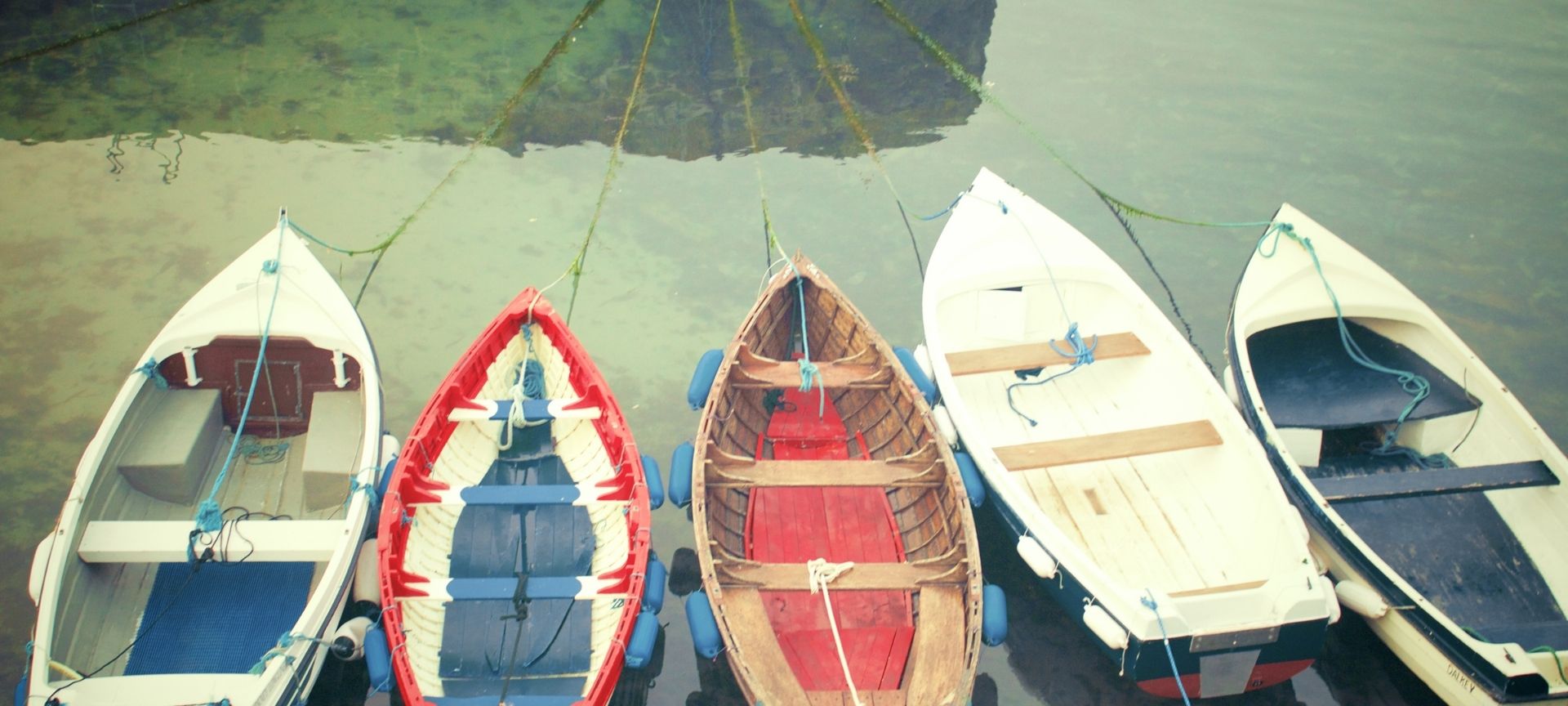
A community-owned harbour development
Gills Harbour Limited, a Community Owned Company, is responsible for the management and development of Gills Harbour. Gills Harbour lies on the north coast of Caithness within the Inner Sound overlooking the Island of Stroma, within the Pentland Firth. The harbour is currently the mainland point for a regular ferry service to Orkney, as well as a base for fishing and recreational traffic.
Discussions with current and future potential harbour users have indicated a need to develop the harbour’s inner basin, to allow it to accommodate a greater number of vessels and larger vessels in a more sheltered basin. The increased usage is due to increased recreational sailing in the area as well as the harbour’s proximity to planned tidal power sites in the Pentland Firth. Currently, the harbour’s inner basin meets neither criterion of shelter or depth beside a vertical wall.
In its current layout, the inner harbour is susceptible to significant swell depending on tidal conditions resulting in much larger waves during storms meaning winter berthing in the is unadvisable.
Gills Harbour received £3,000 from the Stroupster Community Fund to commission a bathymetric survey of the inner basin - an essential piece of work prior to any future harbour development.
Two post-doctoral researchers based at the Environmental Research Institute in Thurso were commissioned to undertake the work. The survey included a computer modelling exercise looking at different variables such as wave conditions and water depth to try to determine the precise positioning of mini breakwaters.
The bathymetric survey and aerial survey underpins computer modelling. Tidal gauges were fitted for a one month period and information gathered from a suite of solvers for use in the field of free-surface flow combined to model wave conditions in the existing harbour layout and proposed harbour layout.
The wave modelling results indicated that the proposed design for the harbour would significantly reduce wave transmission to the inner harbour, and not significantly impact on wave conditions outwith the proposed design alterations and impact on current ferry operations.
I believe there is a compelling case to have Gills Harbour Inner Basin improved as per the outline design and following on from, amongst other things, the computerised wave-study report done for us by the University of Highlands & Islands Thurso campus ERI study.
Four models were electronically tested following the detained seabed scanning/wave modelling exercise to determine the optimum location for the proposed two Inner Basin mini-breakwaters. GHL unanimously chose the 'Proposed Layout 4' in Appendix 3 as the one giving best results. That conclusion was also backed-up by (marine) knowledgeable local input.
The project to create a safe, sustainable, sheltered base for multi-cats and also providing additional benefits for fishing vessel users and for opportunities for future Gills-based tourism operators involves one-off rock-dredging down to minus 2.5 metres LAT of the Inner Basin plus a re-positioning of the South Quay to guarantee a vertical face.
This will go a long way into providing safe 24/7 all-tides, all-weather berthing for two number workboats of c. 24/26 metres long. This will be a transformational project for North East Caithness
Bill Mowat, Director at Gills Harbour




